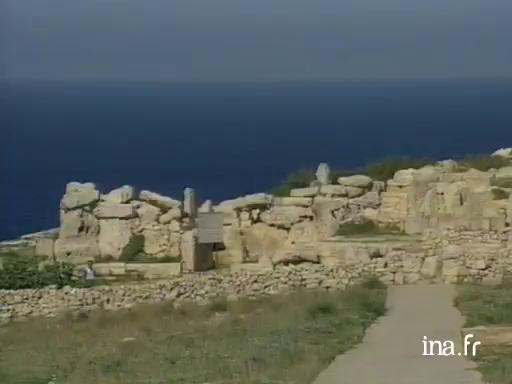Underwater archeology expedition in Malta

Information
Jean Courtin, director of research at the CNRS and specialist in underwater archaeology, set up an expedition in Malta to search for paleolithic caves. He explains the renewed interest in underwater archeology following the discovery of the Cosquer cave. These searches are encouraged by the fragments of the Mnajdra temple which date back to 4000 B.C.
Context
The islands of the Maltese archipelago have witnessed human activity for tens of thousands of years. Underwater archaeological searches that have been conducted for decades, fruits of specialised international scientific partnerships, have revealed the wealth of these traces and refined our knowledge of history.
But if the antique period and the occupation of the island by the Phoenicians (from 750 BC) is becoming better known, the prehistoric era and the origins of the first populations still holds many mysteries. The discovery of wall paintings in underwater caves in Maltese waters shows the presence of dwarf elephants and hippopotamus, but also Neolithic man, the first painters in history. They were in a region that formed a bridge between Europe and Africa, 27,000 years BC. The melting ice transformed Malta into an archipelago, soon hit by a second wave of population around 5200 BC. These new migrants, the first farmers, left traces of tools, figurines and had erected dozens of megalithic temples. Archaeologists still wonder about the origin of these monuments, discovered for example in Mnajdra and Tarxien: what method did the builders use to erect the stone masses that weigh over a tonne each?
Despite the advances in research, science also has difficulty explaining the sudden disappearance of these populations in 2500 BC, well before Malta became an influential centre of Mediterranean commerce.




